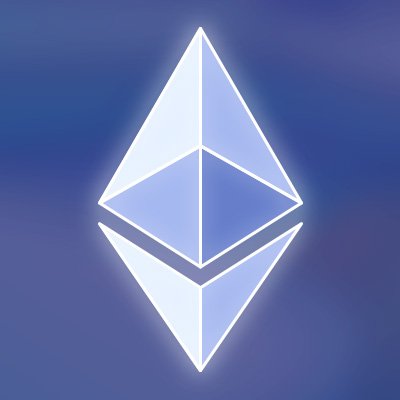On the 30th of July 2025, Ethereum marked ten years since its mainnet launch. A milestone that shows not only the evolution of a protocol, but the growth of an entire decentralized economy.
Ethereum started out as a 2013 whitepaper written by Vitalik Buterin. It was officially launched in 2015 after a presale and an early developer summit in Berlin. Today, it powers the largest decentralized financial system in the world.
To commemorate their impact over these ten years, Ethereum held its 10th anniversary in 40 cities across 6 continents. To memorialize the occasion, community builders get access to mint a free Ethereum Torch NFT, with minting ending on July 31st at 4PM UTC.
Where Ethereum Leads Globally
Ethereum remains the dominant blockchain for value settlement, decentralized finance (DeFi), and stablecoin issuance. As of mid-2025:
- Over $1.08 trillion in assets is secured across Ethereum and its Layer 2 rollups, more than 2× the value secured on other chains.
- The Ethereum ecosystem holds $87 billion+ in DeFi TVL, accounting for 65% of the total market.
- Ethereum supports $147 billion+ in stablecoin value, comprising 60%+ of the global supply.
- Ethereum leads in Real World Assets with volume up 10x since January, 2022, according to data from Electric chain.
This solidifies Ethereum’s role as the base layer for digital value creation, global remittance, and permissionless finance.
Ethereum in Africa: Builders, Communities, and Utilities.
In Africa, Ethereum’s presence has gone beyond speculative use. Developer activity has grown steadily in countries like Nigeria, Ghana, Kenya, and South Africa.
Communities such as B<>rder/ess, ETHSafari, and Ethereum Nigeria have focused on practical education, regulatory conversations, and on-chain innovation.
Nigeria stands out as a hub for Ethereum-based development. Builders are leveraging the Ethereum stack to develop:
- Stablecoin-based payment systems.
- Micro-savings tools powered by DeFi.
- NFT marketplaces for local creators.
- DAOs for cooperative ownership models.
These projects rely on Ethereum’s infrastructure, particularly its expanding Layer 2 ecosystem, to stay cost-effective.
To address scalability and gas cost issues, Ethereum’s Layer 2 solutions are playing a critical role, especially for African developers. Chains like Base, Optimism, and Arbitrum have become ideal for building affordable, fast, and user friendly apps.
Base, incubated by Coinbase and launched on Ethereum, is gaining traction amongst African developers for its low transaction fees and simplified onboarding. From creator tools to fintech apps, Base is being used to deploy localized applications that would not be feasible on the Ethereum mainnet alone.
Meanwhile, Lisk has shifted to become an Ethereum Layer 2, with a focus on enabling developers from underserved regions. Its new EVM-compatible L2 chain is paired with grants and educational support aimed at builders based in Africa.
What the Next 10 years Could Mean for Builders on Ethereum
Trust is earned in the web 3 Ecosystem through decentralization and security and Ethereum has gotten that with over a million validators.
As Ethereum enters its second decade, its growing reliance on Layer 2 solutions is key for global scale and critical for African users where affordability and accessibility is still very needed. The protocol’s modular upgrades and strong developer community have made it possible to go through multiple market cycles smoothly.
Though competition from other ecosystems continue to rise, Ethereum’s roadmap shows a strong pattern of community participation and technical experimentation. For African builders and other emerging markets, the next phase may offer more opportunities to build locally relevant tools and access broader markets.

